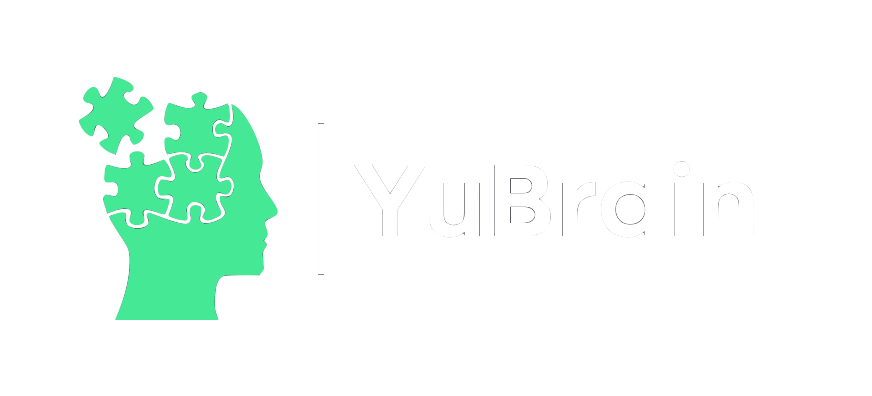Tabla de Contenidos
The Sun has been revered by countless civilizations throughout human history. This is not at all surprising, considering that, in addition to being the center of our solar system, the Sun is, in fact, the main source of energy for the Earth. Without the Sun, life would not exist on our planet. In fact, the planet Earth itself would not exist.
In a world of constant change in which human beings have had to adapt to changing conditions in our environment, the light and heat that the Sun provides us in a predictable and inexorable way day after day is a source of comfort and tranquility that both both ancient and contemporary we know how to be grateful. Perhaps this is why so many ancient cultures have considered the sun as a god. Such is the case of the Inca culture, one of the most advanced pre-Columbian civilizations in the history of the American continent.
Who were the Incas?
What we know today as the Inca culture refers to a group of hundreds of indigenous ethnic groups that inhabited the central western region of South America called Tahuantinsuyo between the years 1438 and 1535 and that were subject to a system of government whose leader was called Inca. This culture arose in Cuzco and was the most important pre-Columbian civilization in Peru, reaching a total of approximately 15 million inhabitants at its peak.
The worldview of the Incas
As can be supposed, being made up of such a diverse group of indigenous ethnic groups, a great variety of different religions or worldviews existed among the Inca culture. In this sense, there was a great multitude of gods particular to each region, ethnic group and even, in some cases, personal gods. Needless to say, these cultures were all polytheistic (that is, they worshiped various gods), making the description of the Inca worldview as a culture practically impossible.
However, we can focus on the worldview of the leaders of this culture, that is, of the people who held power within this complex society, ie, the Incas. The religion of these Incas was also polytheistic, and there was a whole hierarchy of gods within their worldview, among which the Sun occupied a prominent position under the name of Apu Inti, in most of the empire, and Apu P’unchau or God Day elsewhere.
Apu Inti and the royal family
The word Inca has the same meaning as king or emperor. As in many ancient monarchical cultures, the ruling Incas and their families believed themselves to be descendants of the god Inti . In fact, according to Inca mythology, it was believed that the first Inca, called Manco Capac, was the son of Apu Inti and his sister and also the goddess Mamaquilla , so his children and other descendants were also descendants of the gods. This gave the reigning Inca an aura of divinity that legitimized their right to rule over the ethnic groups they conquered during their expansionism.
To further cement their power throughout the vast empire, and also to manage it effectively, the Incas had a temple to Apu Inti erected in every city or settlement they conquered. However, and very intelligently, they adopted some of the local gods to facilitate the adoption of their own deities among the conquered population, although always subordinating the local deities to Inti and the other main gods.
What did Apu Inti represent for the Incas?
It would be easy to assume that Inti was for the Incas the creator god of the universe. However, this was not so. In fact, according to some researchers, there is no evidence that the Inca worldview included a creator god and they consider that the idea of Viracocha as creator god and father of Apu Inti is nothing more than an invention of some historical chroniclers.
He was not the most important god either, although he belonged to the group of most important gods for the Incas. They also worshiped other gods including Pachamama (the mother goddess of the earth), Illapa (the god of lightning and thunder), Mamacocha (mother of the waters or goddess of the sea), Mamquilla (or mother moon), Wakon (the god of the wind) and many others.
The importance of Inti arose from its interrelationship with the other gods of Inca mythology and with the importance that agriculture represented for this culture.
For the Incas, Inti , or the Sun god, represented the god of the fertility of the earth. They considered, rightly so, that the Sun was the source of life that provided the heat and light necessary for the growth and development of the crops on which they depended.
The Inti Raymi : The Party in the Sun
Now let’s see how the Incas venerated the Sun. To begin with, every year, during the winter solstice (which for the Southern hemisphere falls on June 21 or 22, and coincides with the summer solstice in the Northern hemisphere), the Incas They celebrated the Fiesta al Sol or Inti Raymi . This was one of the most important religious events in the entire Inca empire and is still commemorated today, although for different reasons.
This celebration was established by the Inca Pchacutec in 1430, it took place in Cuzco in the presence of the reigning Inca and lasted around 15 days. During this time, sacrifices, dances and all kinds of ceremonial activities took place. The last official Inti Raymi celebrated by the Incas in Cuzco in the presence of the Inca occurred in 1535, two years after Atahualpa’s brother, Manco Inca, betrayed him and sided with Pizarro to conquer the city. The alliance between Manco Inca and Pizarro was short-lived, after which the Inca began a war to retake the capital of the empire, but never achieved its goal. Despite this, the Inti RaymiIt continued to be celebrated throughout the empire, until the Spanish viceroy, Francisco de Toledo, prohibited it in 1572, considering it a pagan tradition. However, many Incas continued to celebrate it in secret.
Today’s annual commemoration of Inti Raymi is owed, in part, to Garcilaso de la Vega, a mestizo who described the tradition in detail in his work “Comentarios Reales,” and in part to Faustino Espinoza Navarro, a Peruvian writer and actor who in 1944 carried out a historical reconstruction of the festivities. Since then, it has been held every year without interruption.
The entrance of the Inca to the capital
According to de la Vega, the Inti Raymi begins in the religious center of Cuzco, in the temple of Qoricancha, the largest temple dedicated to Apu Inti in the entire Tahuantinsuyo empire. The ceremony then continues in the city’s main square, where the authorities solemnly await the dawn of the first day of the Inca year.
This entrance was marked by the Inca’s entrance to the city, specifically to the Saqsayhuamán esplanade, preceded by an entourage that sprinkled flowers along the way and a group of men armed with straw brooms that scared away evil spirits. Another distinctive feature of the ceremony was the fact that the Inca was always accompanied by a kumillo , a kind of servant whose job it was to provide shade by means of a multicolored parasol made of exotic feathers.
The new fire ceremony
Among the different ceremonies carried out during Inti Raymi , the new fire ceremony has special significance. During this ceremony, all the fires in the homes of the city were allowed to extinguish, after which the Inca lit a large bonfire in the center of the main square. The inhabitants of Cuzco then brought this “new fire” and used it to light their stoves again, as a rite of renewal after the start of the new solar cycle.
References
Cartwright, M. (2022, July 23). inti . Encyclopedia of World History. https://www.worldhistory.org/trans/es/1-12505/inti/
Cusco Peru. (2022). Inti Raymi . CuscoPeru.com. https://www.cuscoperu.com/es/festividades-y-eventos/mayo-junio/inti-raymi
Wake up Ferro Editions. (2020, July 6). The conquest of Peru – Desperta Ferro Modern History n. or 37 . https://www.despertaferro-ediciones.com/revistas/numero/historia-moderna-37-la-conquista-del-peru/
DHWTY. (2017, January 8). Inti, the sun god of the Incas: son of Viracocha and ancestor of the first kings of the Inca Empire . Ancient Origins Spain and Latin America. https://www.ancient-origins.es/noticias-general-mitos-leyendas-americas/inti-el-dios-sol-los-incas-hijo-viracocha-antepasado-los-primeros-reyes-imperio-inca- 003971
Hysteria of Peru. (2020, December 31). The mystery of THE SUN of the Incas | INTI . Youtube. https://www.youtube.com/watch?v=l6xClC6gsz8
Mythology.Info. (2020, May 18). INTI » The Inca sun god . https://www.mitologia.info/inti/
Peru Travel. (2020, June 2). Inti Raymi: the most important festival of the Inca Empire . https://www.peru.travel/es/masperu/inti-raymi-la-fiesta-mas-importante-del-imperio-incaico
Rivas, M. (2018, May 12). Know what the worship of the Sun God of the ancient Inca empire was like . travelstic. https://www.lasexta.com/viajestic/espectacular/conocer-como-era-la-adoracion-al-dios-sol-del-antiguo-imperio-inca_201805125af862740cf2d534706cb8a5.html



